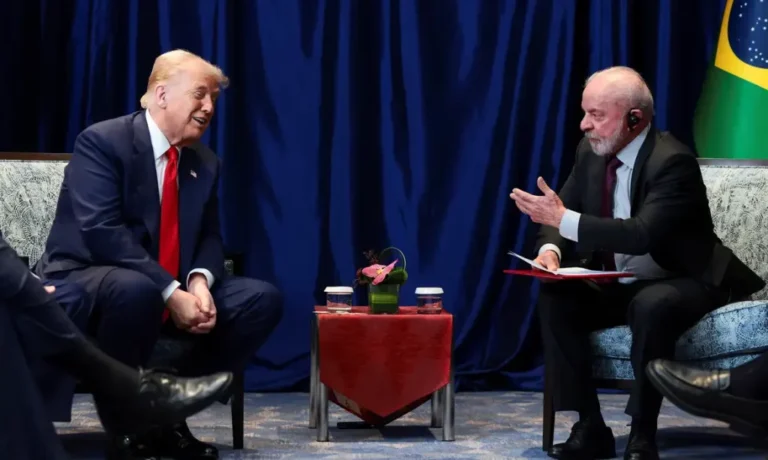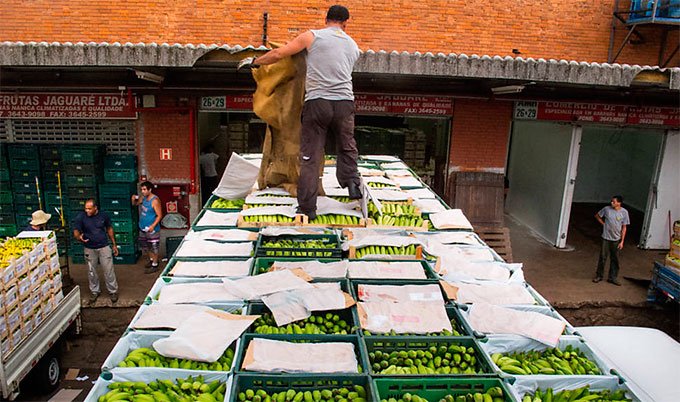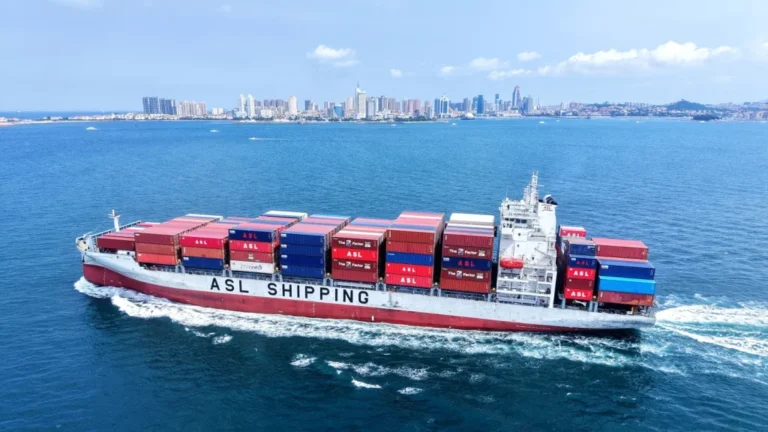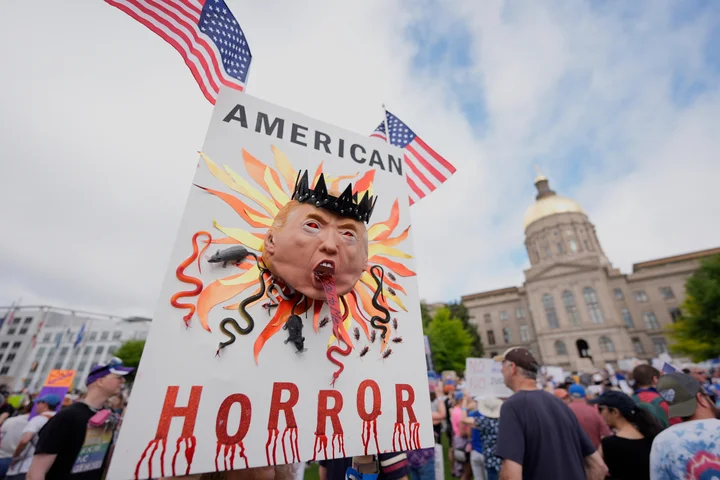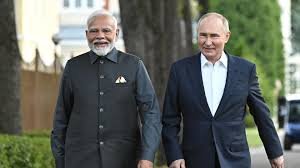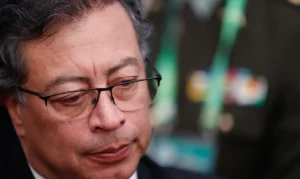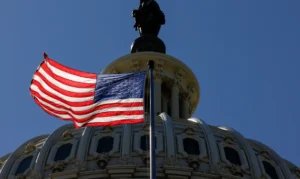It is ironic that our nation’s arch-traitor, federal deputy Eduardo Bolsonaro, son of former...
Analyses
This Wednesday, Ciro Gomes registered his affiliation with the PSDB in a ceremony attended...
Brazil has two major inflation indices that are crucial for understanding the national economic...
China has impressively defeated the massive tariffs imposed by Donald Trump. Foreign trade figures...
More than 8 million Americans returned to the streets this weekend in protest against...
The role that irony plays in history has been studied, but its function in...
If the United States could synthesize cynicism and export it, it would solve its...
According to the most recent Genial/Quaest survey, released today, October 8, 2025, President Lula’s...
The German politician denounces energy submission, irrational Russophobia, and the destruction of European autonomy...
While Brazil registers the lowest unemployment rate since 2012, at 5.8% in the second...


